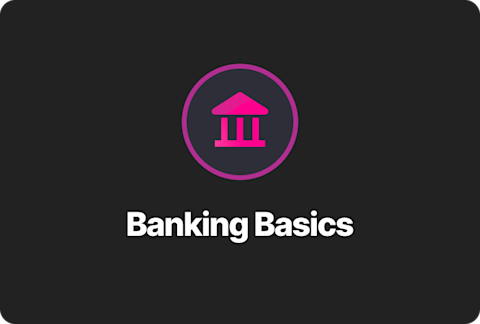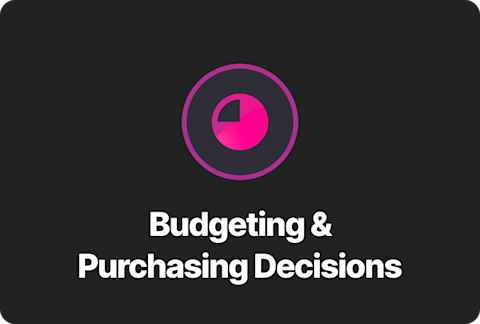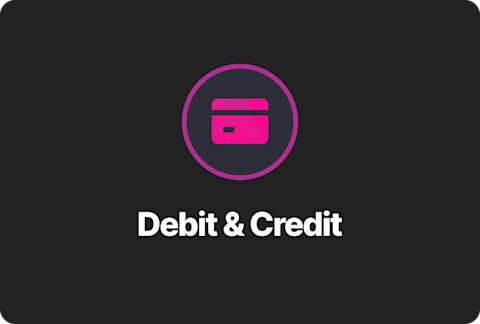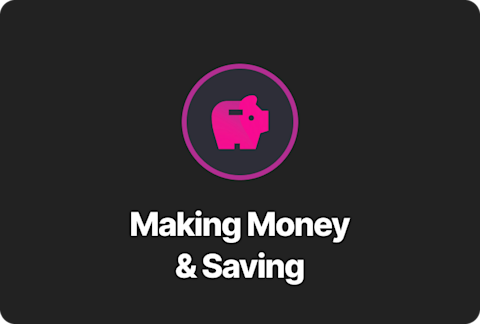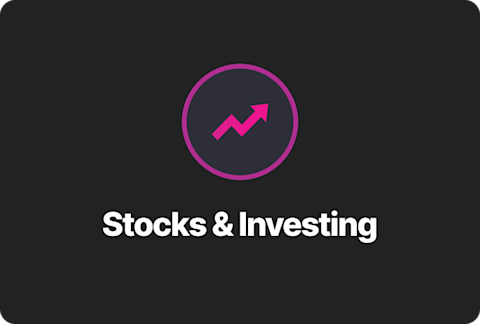Everything You Need to Know About Investing: A Beginner's Guide

So, you’ve got some money and are ready to build your investment portfolio—but where do you start? With all the information about the stock market floating around, it's easy to feel overwhelmed. Don’t worry, investing can be simple once you understand the basics. In this guide, we'll cover everything you need to know to get started.
What Is Investing?
In the simplest terms, investing means putting your money into something you expect will increase in value over time. You can invest in real estate, crypto, mutual funds, or even collectibles like comic books. For most people, stocks and bonds are the most accessible and common ways to invest. They don't require a large amount of money and can be relatively low risk when approached wisely.
Stocks vs. Bonds
Stocks: When you buy a stock, you own a small part of a company and can make money in two ways: through capital gains when the stock's value goes up and you sell it for a profit, or through dividends, which are payments some companies give to their shareholders. While stocks can be riskier, they often come with the potential for higher returns.
Bonds: Bonds are essentially loans you give to a company or government. In exchange, they pay you back with interest. Bonds are considered safer and are a key component of many investment strategies, but they typically offer lower returns.
The Easiest Way to Invest: Index Funds 📊
Choosing individual stocks can be risky and time-consuming. Even experts like Warren Buffett say it's hard to consistently pick winners. Instead, beginners should consider index funds or ETFs (Exchange Traded Funds).
An index fund is a pool of money that invests in a group of stocks, like the S&P 500, which includes 500 of the largest companies in the U.S. By investing in an index fund, you're spreading your money across many companies, which is known as diversification. This helps lower investment risk while growing your portfolio steadily over time. Historically, the S&P 500 has averaged around 10% returns per year over the long term, though market volatility can lead to fluctuations.
How to Start Investing
Getting started might seem overwhelming, but breaking it into simple steps makes it approachable. Here’s how to begin with your investment:
1. Choose an Investment Account:
Roth IRA: Ideal for young investors, it allows your investments to grow tax-free. Contributions are made with after-tax money, so withdrawals during retirement have no tax implications.
401(k): Offered by many employers, this account lets you invest pre-tax money, reducing your taxable income today. Plus, employer matching is like free money!
Brokerage Account: Offers flexibility to invest in blue-chip stocks, bonds, and funds. While it doesn’t have the tax benefits of retirement accounts, it’s great for short- to mid-term goals.
2. Pick Your Investments:
Index Funds: Ideal for beginners, they provide diversification by spreading risk across multiple companies.
Mutual Funds: These are professionally managed and can include a mix of stocks and bonds, making them a solid choice for a balanced portfolio.
Individual Stocks: For active investors, owning blue-chip stocks or companies with strong track records can offer high returns but comes with higher risks.
Bonds: Low-risk, stable options that provide consistent interest payments.
Target Date Funds: Designed for retirement planning, these funds automatically adjust your asset allocation as you near your investment horizon.
3. Automate Your Contributions:
Consistent investing is key to building wealth. Set up automatic contributions to your investment account and invest fixed dollar amount on a regular basis. This strategy, called dollar-cost averaging, helps mitigate the impact of market volatility and ensures regular investments.
Beginner Investing Tips
Before diving into the world of investing, it’s crucial to define your financial goals and understand your risk tolerance. Are you saving for retirement, a home, or simply aiming to grow wealth over time? Your investment strategy should reflect these goals and your timeline, or investment horizon. For instance, younger investors with longer timelines may take on more risk by investing heavily in stocks and index funds, while those nearing retirement may prefer safer options like bonds.
Starting early gives you a huge advantage thanks to compound interest. This occurs when your investments earn interest, and that interest earns interest too, creating a snowball effect. The earlier you begin, the more time your money has to grow. Even small, consistent contributions can lead to significant gains over time. Pair this with strategies like dollar-cost averaging to smooth out market fluctuations and maintain steady growth.
If you're new to managing your money, credit cards for building credit can be a great first step before diving into investing. Establishing a solid credit history can help with securing loans and better financial opportunities in the future.
By setting clear goals and leveraging the power of compound interest, you’ll be well on your way to building a strong investment portfolio and achieving financial success.
Conclusion
Successful investing is about consistency, patience, and staying informed. Whether you're investing in index funds, mutual funds, or bonds, focus on long-term growth and avoid reacting emotionally to market swings. With a clear strategy and regular contributions, you'll be on your way to achieving your financial goals.
Ready to take control of your finances? 💡 Money 101: Our free financial literacy course to help you master the basics. 📺 Subscribe to our YouTube channel for engaging videos on budgeting, credit, and more.




